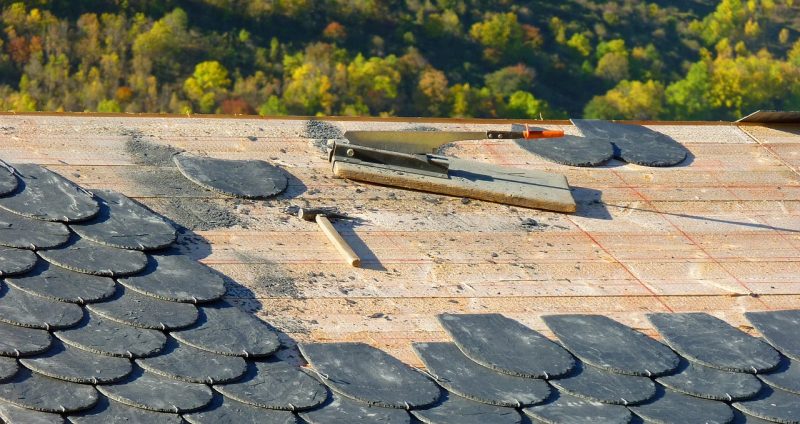Roofing is a important component of architecture for a quantity of essential reasons:

Protection from the Elements: One of the first capabilities of a roof is to offer shelter and protection from environmental elements similar to rain, snow, wind, and excessive temperatures. It prevents water from coming into the constructing, which might cause structural damage, mould development, and other issues.
https://roofrestorationcampbelltown.com.au/roof-restoration/ : Roofs play an important position in sustaining the structural integrity of a constructing. They distribute the weight of the roof and any loads (e.g., snow) evenly to the partitions and foundation. A well-designed and correctly constructed roof ensures the steadiness and safety of the whole construction.
Aesthetics and Design: Roofs are a visual and distinguished a half of a constructing's exterior. Architects use roof design to enhance the overall aesthetics of a construction. The form, materials, and elegance of the roof can contribute to the architectural character and enchantment of a constructing.
Environmental Considerations: Sustainable architecture places an emphasis on energy effectivity and environmental accountability. Roofing materials and design can influence a building's energy efficiency. For instance, cool roofs can mirror more daylight and absorb much less warmth, reducing cooling prices and concrete warmth island results.
Natural Lighting and Ventilation: Roof design can incorporate options like skylights, dormers, and roof vents to supply natural lighting and ventilation inside a constructing. This can enhance indoor comfort and scale back the necessity for artificial lighting and mechanical air flow.
Historical and Cultural Significance: In some architectural styles, corresponding to Gothic or Victorian, the roof could be a key factor that displays the historical and cultural context of a constructing. Roof details and shapes can tell a story in regards to the era in which a structure was constructed.
Space Utilization: Roof design can create additional usable house within a building, corresponding to attic rooms, rooftop gardens, or outside dwelling areas. Architects usually consider the means to maximize area and functionality when designing roofs.
Energy Efficiency: Energy-efficient roofing materials and design can contribute to a constructing's overall energy efficiency. Proper insulation and ventilation can help regulate indoor temperatures and cut back heating and cooling costs.
Safety and Fire Resistance: Roofing supplies are chosen with security in mind. Some materials, like fire-resistant roofing, might help stop the spread of fires in a building, offering useful time for occupants to evacuate.
In abstract, roofing is a elementary side of structure that combines practical and aesthetic considerations. It not solely protects the inside of a building from the elements but also contributes to the overall design, sustainability, and security of a structure. Architects fastidiously think about roofing supplies, shapes, and features to realize their design goals while making certain the comfort and well-being of constructing occupants..
